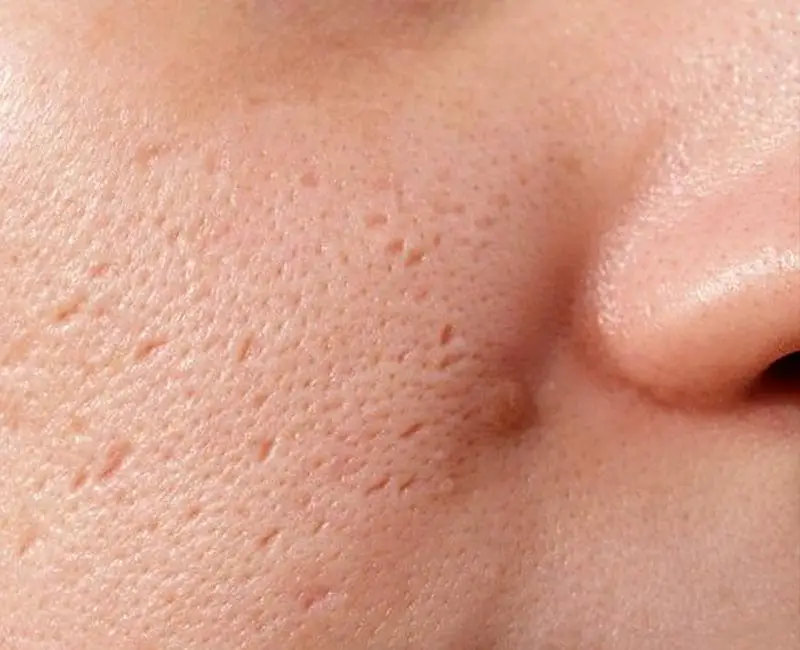Atrophic scars, cause form acne, are the most common type of acne scars, which results from loss of tissue. They appear as depressions or indentations in the skin. There are three primary types of atrophic scars:
Ice pick scars are characterized by their deep, narrow, and pitted appearance, resembling the punctures made by an ice pick. These scars are often a result of comedonal acne or severe acne but can also arise from other skin conditions or injuries. Due to their depth and narrow width, they can be particularly challenging to treat. Understanding the causes of ice pick scars and the available treatment options is essential for individuals seeking to improve their skin’s appearance and regain confidence.
Address:
Door No. 8-2-293/82/A/725/A, Beside FMS
INTERNATIONAL DENTAL CENTER Road No. 37,
Hitech City Rd, near Daspalla Hotel, CBI Colony,
Jubilee Hills, Hyderabad, Telangana 500033
Email: [email protected]
Here at FMS Skin and Hair Clinics, after the thorough examination by the dermatologist, we offer a customized treatment depending on the extent and the severity of the scars.

A combination of procedures is usually advised. Ice-pick scar treatment is started with TCA CROSS, where 100% TCA is applied, which leads to coagulation of the skin leading to new skin formation. Few sessions may be required. It is followed by MNRF and Fractional lasers along with bio stimulators for a better result.
Characteristics of Ice-Pick Scars:
Appearance: They are tiny craters, which resemble the letter V. They are narrow deep scars, which have a wide opening and a narrow base. They are <2mm in size.
Location: These scars are often found on the upper cheeks, forehead, and T zone area, where there is more oil production.
Treating ice pick scars requires a multifaceted approach, often combining several treatments to achieve the best results. Here are some of the most effective treatments available:
Topical Treatments –
Ice pick scars, with their characteristic deep and narrow depressions, can be particularly challenging to treat. However, advancements in dermatological treatments offer a variety of options to improve their appearance. From chemical peels and laser treatments to surgical interventions like punch excision and subcision, multiple approaches can be tailored to the individual’s needs and skin type. A combination of treatments often yields the best results, and consulting with a dermatologist is crucial to developing an effective, personalized treatment plan. With the right approach, individuals can significantly reduce the appearance of ice pick scars and achieve smoother, more even skin.
Email: [email protected]
FMS Skin © 2020. All rights reserved. Terms of use and Privacy Policy